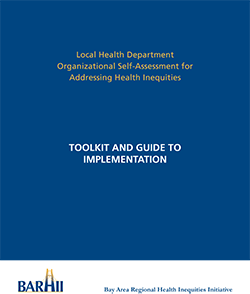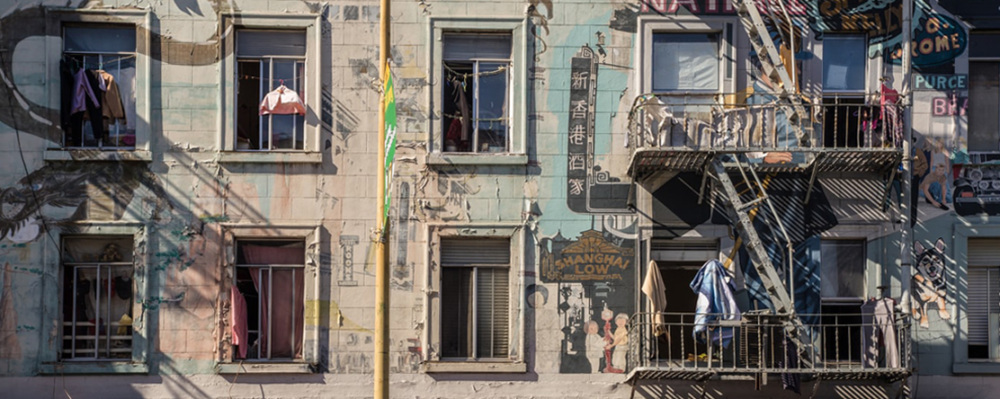
Local Health Department Organizational Self-Assessment Toolkit
- Robert Prentice
-
Focus Areas
Capacity Building & Leadership -
Expertise
Technical Assistance -
Programs
Bay Area Regional Health Inequities Initiative(PHI program 2002-2017)

 This resource provides public health leaders with tools and guidelines that help identify the skills, organizational practices and infrastructure needed to address health equity and provide insights into steps local health departments can take to ensure their organization can have an impact on this growing problem.
This resource provides public health leaders with tools and guidelines that help identify the skills, organizational practices and infrastructure needed to address health equity and provide insights into steps local health departments can take to ensure their organization can have an impact on this growing problem.
The Bay Area Regional Health Inequities Initiative (BARHII) is pleased to offer this Organizational Self Assessment Toolkit for use in local health departments throughout the nation to assist in their development of a greater capacity to address health inequities.
The context for this toolkit might require some perspective. For starters, why "health inequities,'' when the term "health disparities" is used much more widely in the United States? The elimination of health disparities, for example, is one of two overarching goals of Healthy People 2010. The United States, however, appears to be alone in the use of the term "health disparities." The World Health Organization, using language more common in Europe, Canada and global public health organizations, has urged that all member states " … develop and implement goals and strategies to improve public health with a focus on health inequities .. . (and) to take into account health equity in all national policies that address social determinants of health."
What is the difference, and why does it matter?
The Oxford English Dictionary defines disparity as "the quality of being unlike or different,'' while inequity is "the lack of equity or justice; unfairness." What we see in the distribution of preventable illness and premature death is not mere difference, but rather patterns that reflect underlying social inequities. BARHII, for example, produced a report, Health Inequities in the Bery Area, documenting that people who live in poor neighborhoods in the nine-county San Francisco Bay Area can expect to live on average ten years less than people who live in affluent neighborhoods. These social inequities have been well documented in the United States and elsewhere, and explored in the award-winning Public Broadcasting System series, Unnatural Causes: Is Inequaliry Making Us Sick?
Work With Us
You change the world. We do the rest. Explore fiscal sponsorship at PHI.
Support Us
Together, we can accelerate our response to public health’s most critical issues.
Find Employment
Begin your career at the Public Health Institute.


